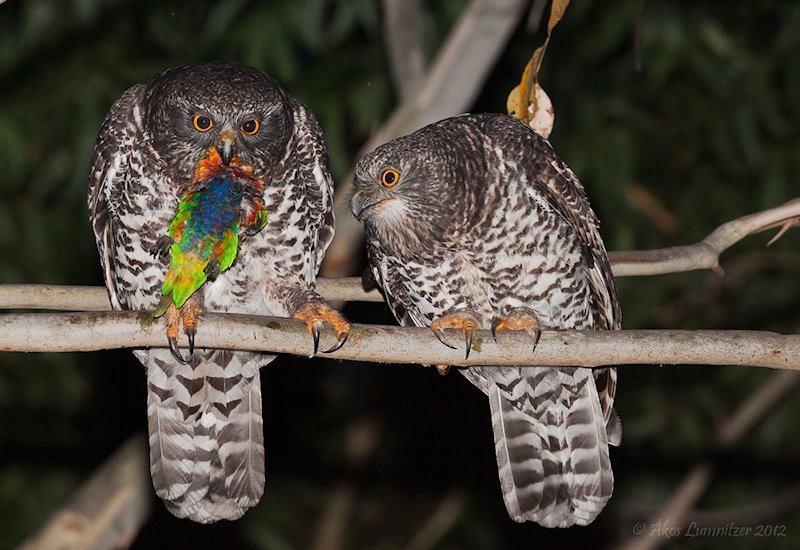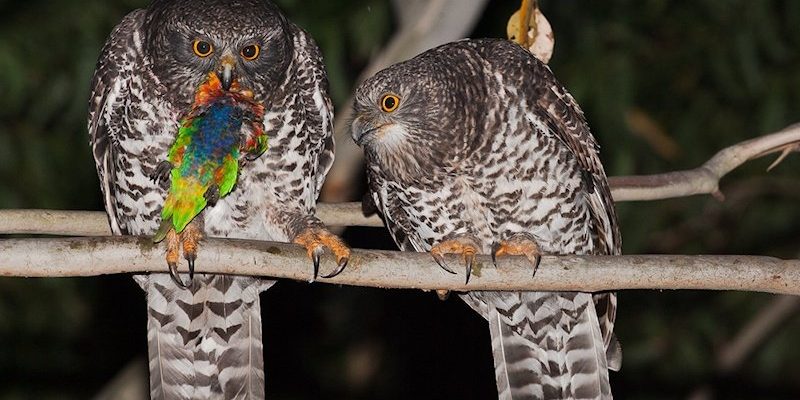
Now, you might be wondering what exactly these rituals look like. Imagine you’re watching two owls in the wild, and you notice how they interact. It’s more than just a simple “hello.” From vocal calls to elaborate displays, barn owls have a variety of ways to court each other. Let’s dive deeper into the world of barn owl courtship and mating rituals, where we’ll explore everything from how they communicate to the unique nesting practices they employ.
Understanding Barn Owl Communication
Barn owls are known for their distinctive calls, which play a crucial role in their courtship rituals. While we often think of bird calls as just a way to communicate, for barn owls, these vocalizations are essential in establishing a connection. You might hear a series of hissing sounds or long screeches that echo through the night. These calls can serve multiple purposes, such as attracting a mate or defending territory.
Interestingly, the intensity and frequency of these calls can vary based on the situation. When a male is trying to woo a female, he’ll typically use softer, more melodic sounds. This vocal charm offensive is designed to show off his fitness and desirability. On the other hand, when asserting dominance, these calls can become more aggressive. This duality of communication highlights the importance of vocalizations in barn owl relationships.
In addition to calls, visual displays are also a key part of their courtship. Male barn owls may puff up their feathers, fluffing their bodies to appear larger and more impressive. Picture this: a male stands tall, showing off his beautiful plumage as he calls out to a potential mate, hoping to catch her eye. These behaviors not only demonstrate strength but also signal health, making the male more attractive.
The Role of Location in Courtship
Where a barn owl chooses to mate can significantly influence its courtship success. Barn owls prefer open areas for hunting and nesting, making farmlands, grasslands, and even abandoned buildings prime spots for courtship. These locations provide the necessary resources for feeding and raising their young.
When courting, male barn owls will often scout out potential nesting sites well before the female arrives. They look for safe, secluded spots where they can create a home. This careful consideration demonstrates the male’s commitment to creating a nurturing environment for their future brood. It’s like he’s saying, “Look at this great place I found for us!”
Additionally, the presence of other barn owls can affect courtship dynamics. In some cases, if multiple males are vying for the same female, competition can lead to more elaborate displays and vocalizations. This competition ensures that only the fittest males attract a mate, ultimately benefiting the species. Nature really has its own way of ensuring that the best genes are passed down!
The Mating Dance: How Barn Owls Get Together
Once a pair of barn owls has formed a bond through calls and displays, they begin a process that resembles a courtship dance. This can involve synchronized flying, where both owls take to the skies in a display of agility and grace. Watching them swoop and glide together is like witnessing a well-rehearsed ballet in the air.
During this mating dance, you might see the male performing aerial maneuvers to impress the female. He may fly higher or perform sharp turns, showcasing his ability to navigate the skies skillfully. This not only attracts the female but also demonstrates his strength and fitness. Here’s the thing: in the animal kingdom, showing off your skills can make all the difference in finding a partner.
Once the female is receptive, copulation occurs quickly and can be repeated several times over a few days. This behavior helps ensure successful fertilization. It’s a fascinating moment in the barn owl’s life cycle, showcasing their unique reproductive strategy.
Nesting Behaviors and Site Selection
After mating, the female barn owl will begin looking for a suitable nesting site. Barn owls are cavity-nesters, so they choose locations that provide protection from predators and the elements. They often select old barns, tree hollows, or even ledges in cliffs.
Interestingly, the female is quite picky about where she will raise her young. She needs a safe, quiet spot that offers easy access to food. The male often assists in preparing the nest by bringing in nesting materials, such as feathers and plant matter. It’s a true teamwork effort, highlighting the bond that has formed between them.
Nesting during the right time of year is critical as well. Barn owls typically breed in the spring, coinciding with the abundance of food. The more food available, the better the chances of raising healthy chicks. This synchronization between food availability and nesting times showcases another layer of their life cycle.
Raising Their Young: A Final Stage of Courtship
Once the female lays her eggs, the courtship phase transitions into parenting. Barn owl chicks are born blind and helpless, relying entirely on their parents for food and protection. During this time, both parents take an active role in caring for the young, demonstrating that their bond extends beyond just mating.
The male often takes on the role of hunter, venturing out to find food and bring it back to the nest. Meanwhile, the female stays with the chicks, ensuring they’re safe and warm. This division of labor not only helps the chicks survive but also strengthens the pair’s relationship. They truly are a team—working together for the next generation.
As the chicks grow, you can witness their development from tiny, fluffy bundles to proficient flyers. It’s a remarkable transformation that showcases the successful courtship and mating rituals that started it all. Once fledged, young barn owls will eventually leave the nest, ready to find partners of their own and continue the cycle.
The courtship and mating rituals of barn owls are a beautiful testament to nature’s complexity. From their intricate vocalizations to carefully chosen nesting sites, these behaviors ensure their survival and success as a species. Watching barn owls interact offers a glimpse into a world filled with communication and teamwork—elements that resonate beyond just their romantic lives.
Next time you hear a barn owl’s call echoing through the night, remember the journey that led to that moment. It’s more than just a sound; it’s a story of connection, commitment, and the beautiful dance of life. Whether you’re an owl enthusiast or simply curious about wildlife, understanding their courtship rituals can deepen your appreciation for these fascinating creatures.

